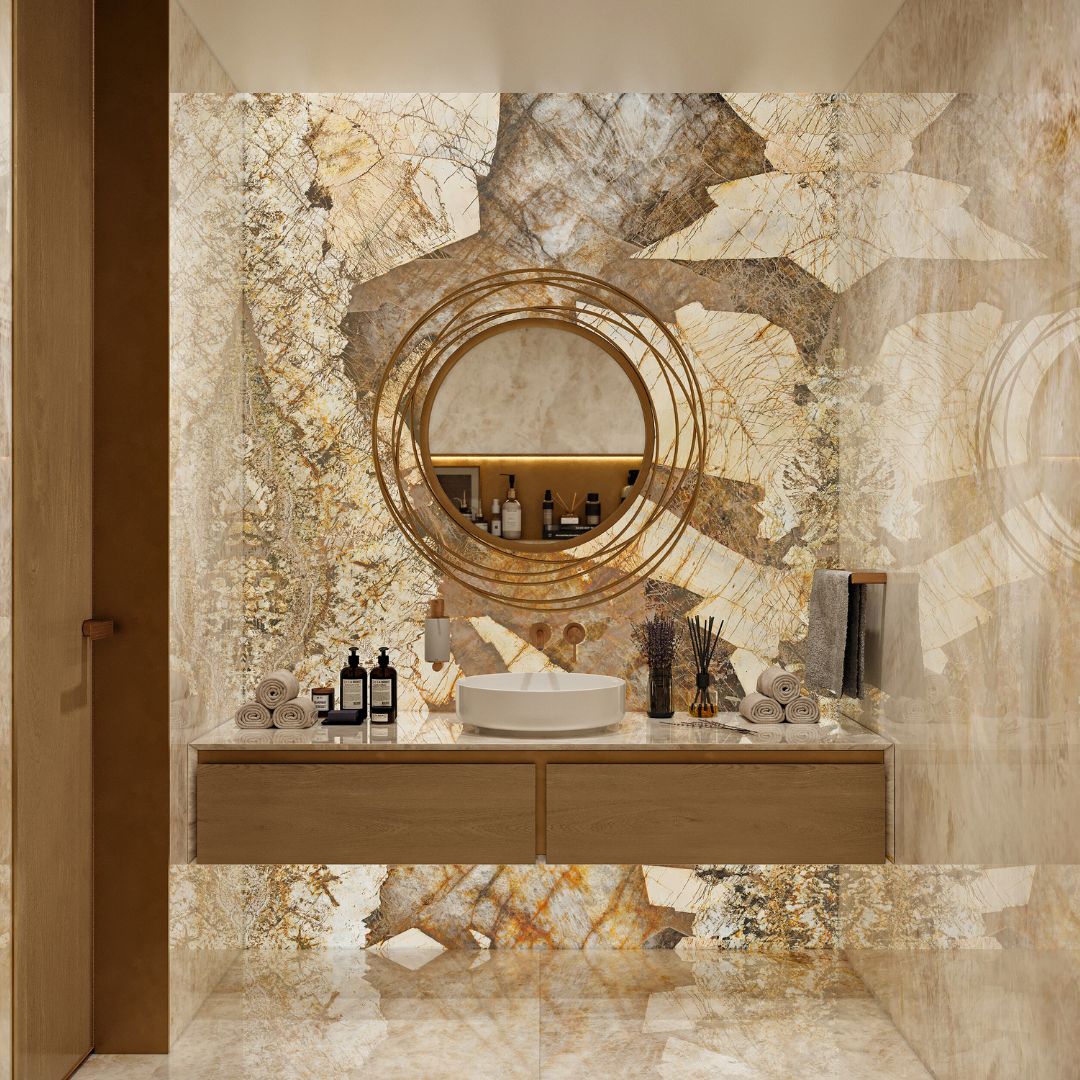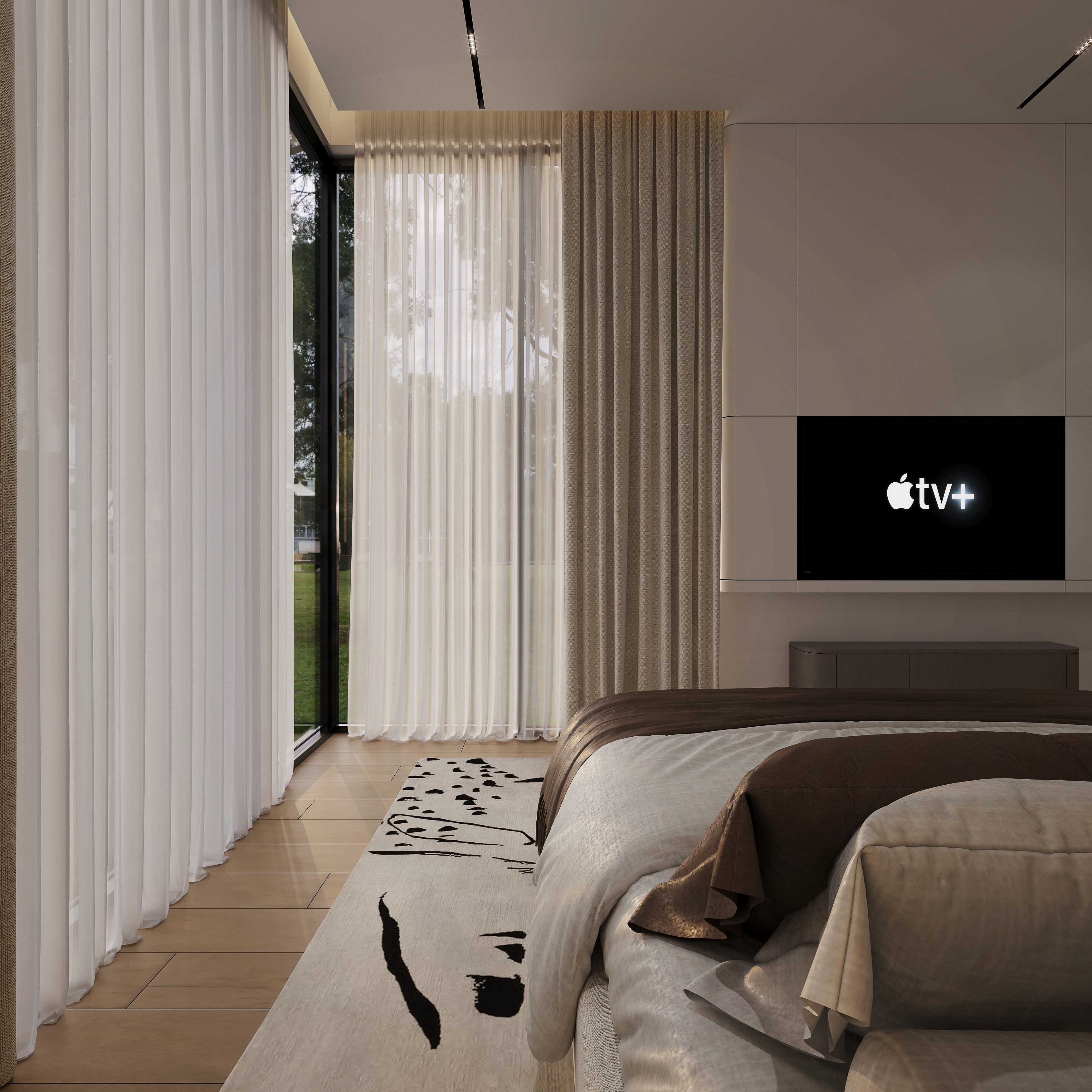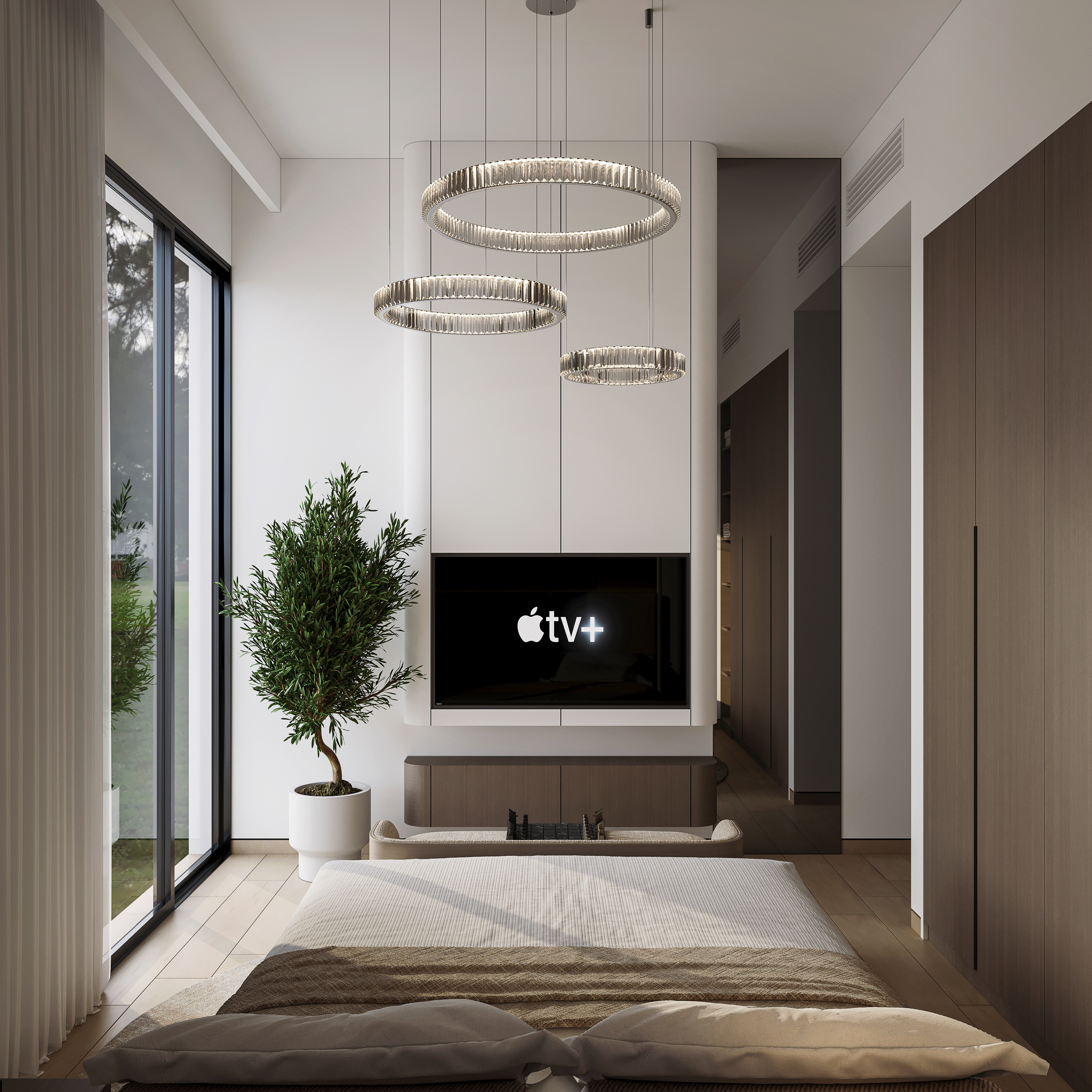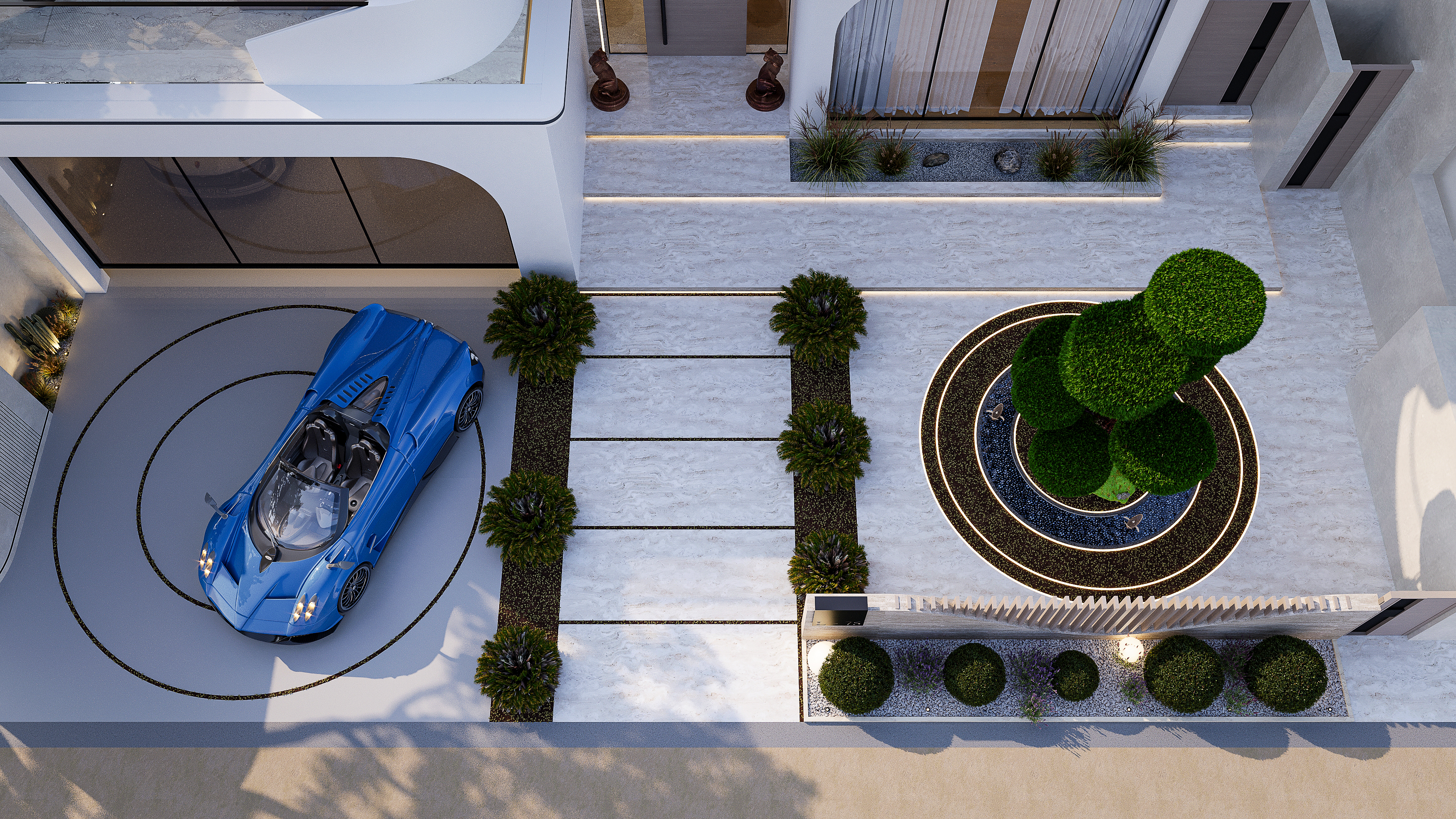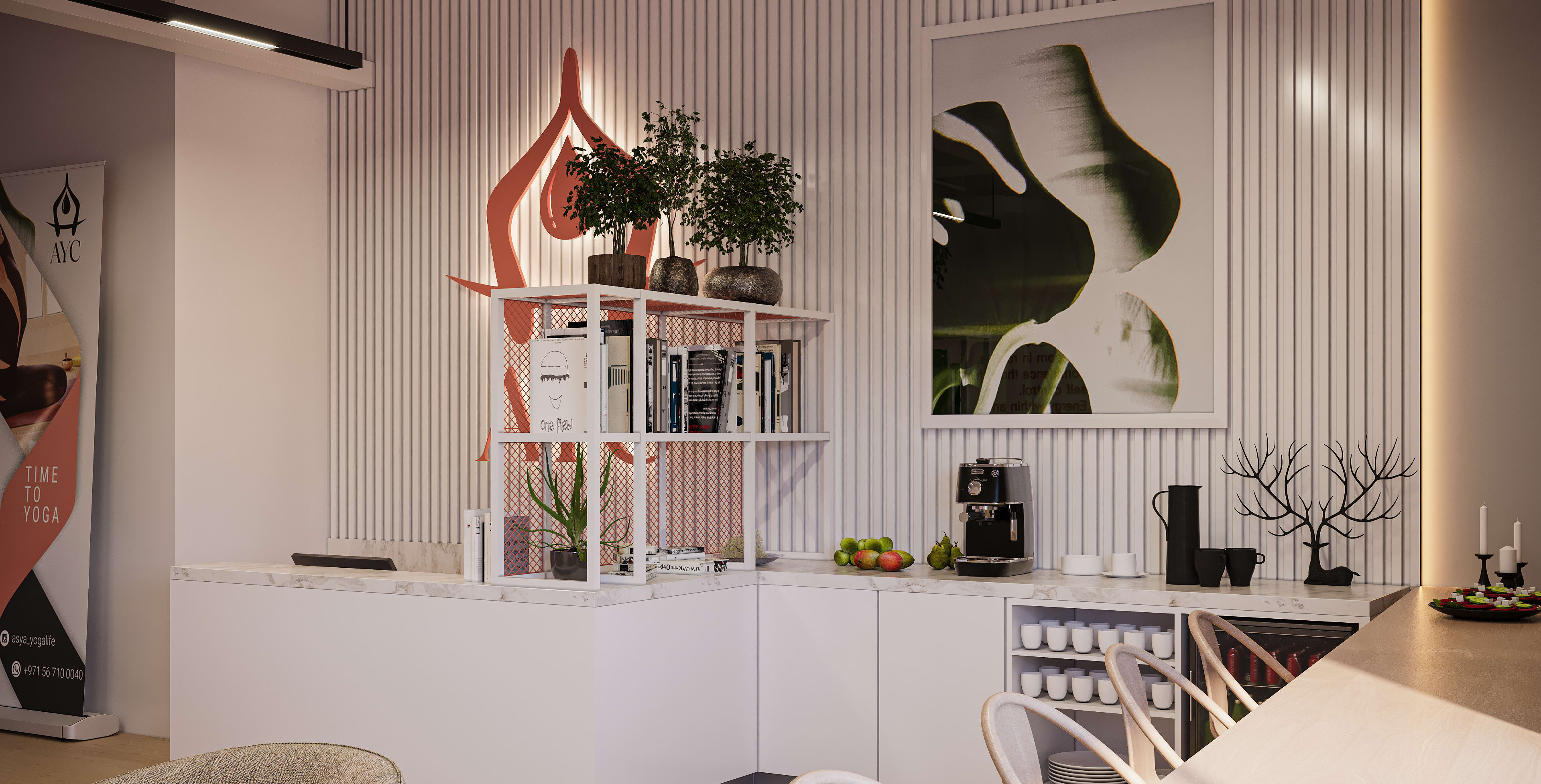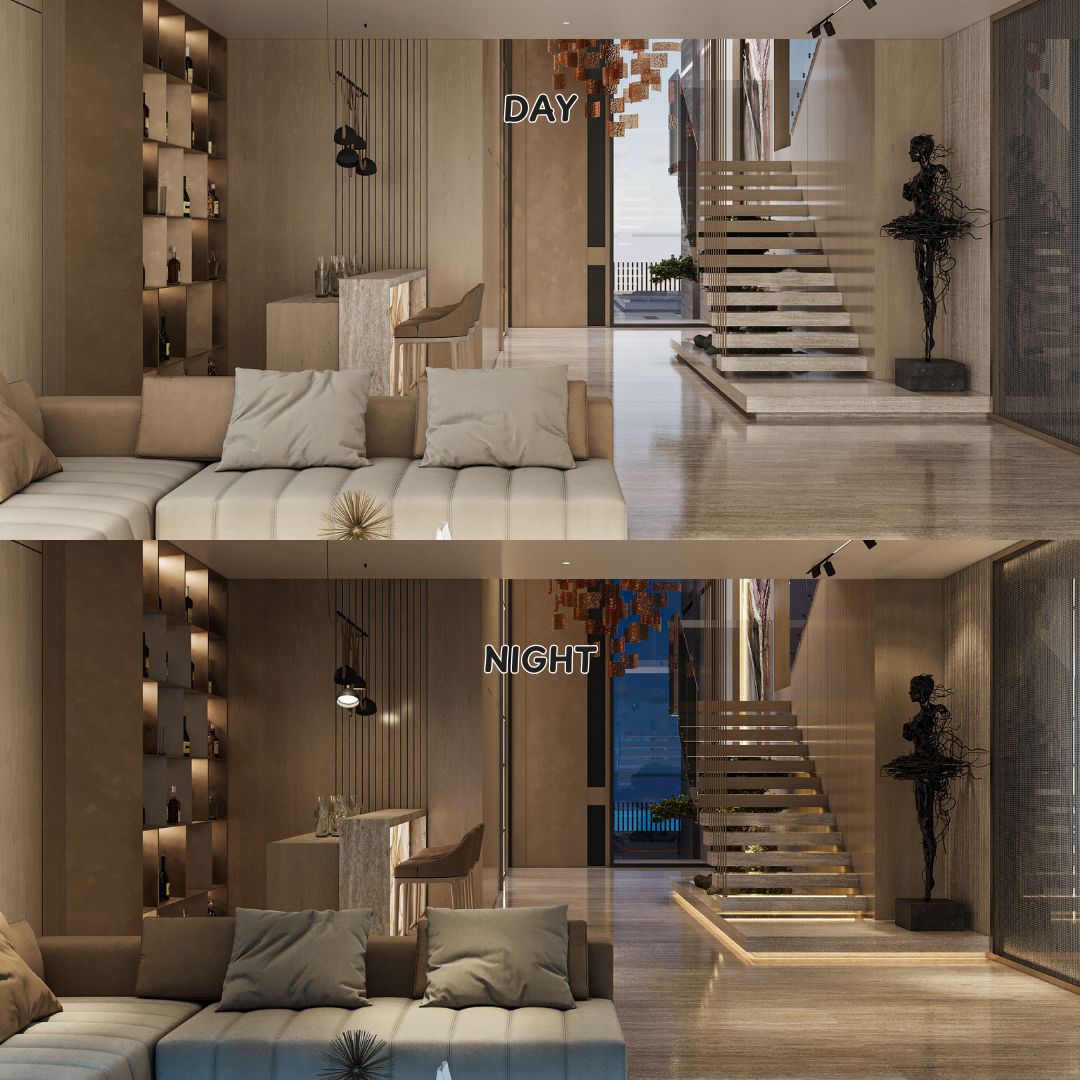
Transforming Spaces with Light: A Day-to-Night Design Experience
In the ever-evolving landscape of luxury interior design, lighting holds a unique power. It’s more than just illumination — it's the silent composer of ambiance, the invisible brush that paints mood across surfaces and shadows. The transformation of a space from day to night is one of the most compelling stories a home can tell. This visual narrative is vividly captured in the side-by-side images above, revealing how the same room undergoes a dramatic metamorphosis through the careful orchestration of lighting.
At KEA, we believe in designing spaces that are alive. Spaces that breathe with the rhythm of the day, shift with the sun, and come alive under the moon. This blog explores how lighting plays a central role in crafting luxury interiors that transition seamlessly between natural daylight and curated nighttime moods.
☀️ Daytime Serenity: Letting Architecture and Nature Speak
During the day, light is not manufactured — it is invited. In the daytime version of this living space, sunlight enters through expansive glazing, diffusing naturally across polished stone floors and neutral-toned furniture. The atmosphere is calm, fresh, and open.
Natural Light as the Primary Designer
Natural light brings honesty to a design. It reveals material quality, color accuracy, and the interplay of shadows. In this space:
-
The travertine floor reflects the light, creating a glossy, luxurious finish that enhances spatial perception.
-
Soft beige upholstery absorbs and diffuses light gently, preventing glare while maintaining a calm palette.
-
Wooden vertical panels add rhythm and depth without overwhelming the brightness.
The open-plan layout and floating staircase maximize this daylight journey. The staircase itself acts as a sculptural element — casting soft linear shadows that change through the day, adding dynamic storytelling to an otherwise still environment.
🌙 Nighttime Elegance: Lighting as Atmosphere Creator
When the sun sets, the mood shifts — and this is where interior lighting truly becomes an art form. The transition from daylight to nightlight must be intentional. Here, we witness how thoughtful lighting layers transform the space into a cozy, cinematic environment that invites relaxation and conversation.
The Power of Layered Lighting
Night lighting isn't just about turning on bulbs — it's about building a hierarchy of luminance. In this setting:
-
Accent lighting illuminates the built-in shelving unit, casting a warm glow behind carefully curated décor.
-
Pendant lights over the bar create a gentle focal point — ideal for entertaining.
-
Recessed ceiling lighting softens the ceiling perimeter, avoiding harsh overhead brightness.
-
LED strips under the staircase turn a functional architectural piece into an illuminated pathway, enhancing safety and drama.
Together, these layers create visual depth. Each zone feels defined yet connected, maintaining an open-plan integrity while allowing different moods to coexist — the quiet corner sofa, the inviting bar, and the dramatic staircase.
🔄 Day-to-Night: Designing for Dual Personalities
What makes this space exceptional is its adaptability. Rather than being static, the interior is responsive — prepared for the optimism of morning light, the focus of midday energy, and the calm intimacy of evening hours. This duality is not accidental — it’s engineered through meticulous design planning.
Functional Transitions
The space must serve different purposes throughout the day:
-
Morning coffee on the couch with sunlight pouring in.
-
Midday work at the bar counter, aided by directional pendant lighting.
-
Evening socializing with ambient and mood lighting setting the tone.
By anticipating how occupants use the space at different times, the design ensures comfort, flexibility, and emotional resonance across the full 24-hour cycle.
Material Selection for Lighting Response
A crucial but often overlooked aspect is how materials interact with light. Reflective surfaces like marble and polished stone add vibrancy during the day, while matte textures and fabrics soften artificial light at night. The careful contrast between glossy floors and muted upholstery enhances the lighting effect — making the room feel lively by day and luxurious by night.
🛠️ KEA’s Lighting Design Philosophy
At KEA, our approach to lighting is integrative, not additive. Lighting isn't an afterthought — it is part of the design blueprint from day one. We work closely with lighting consultants, architects, and electricians to create bespoke lighting plans that support the spatial identity and emotional tone of each interior.
Key Design Principles We Follow:
-
Zoned Lighting
Every functional area (lounge, stairway, bar) gets its own lighting personality. -
Dimmer Integration
Dimmable fixtures allow seamless transition from functional brightness to relaxed ambiance. -
Color Temperature Planning
We avoid mixing lighting temperatures (warm vs. cool) within a single view to maintain visual harmony. -
Architectural Highlighting
Lighting is used to emphasize design features — like staircases, niches, or art — giving the space drama and rhythm. -
Smart Lighting Controls
Automations allow for pre-set scenes for day, evening, and night modes — increasing both convenience and consistency.
🛋️ Creating Emotion Through Light
More than aesthetics, lighting is about emotion. The daylight version of this interior speaks of clarity, productivity, and openness. The night version, in contrast, whispers calm, intimacy, and reflection. This emotional choreography is what elevates interior design from visual appeal to lived experience.
Lighting impacts our circadian rhythms, influences mood, and supports human wellness. In luxury living environments, this becomes even more important — because every corner must feel intentional and curated to suit the lifestyle of the occupant.
🎨 Inspiration for Your Next Project
Whether you’re renovating a villa in Dubai or designing a new hospitality concept, here’s how you can bring this lighting philosophy into your project:
-
Use natural light as your base layer — orient key living spaces to benefit from sun exposure.
-
Choose warm, indirect lighting sources to evoke calm in the evening.
-
Use lighting to draw attention to textures — raked stone, timber, fabric.
-
Avoid overhead glare — always opt for layered solutions.
-
Design the lighting mood as part of your storyboard — just like you plan colors, finishes, and furniture.
🔚 Conclusion: Light is the Ultimate Designer
This side-by-side comparison is more than a visual — it’s a manifesto. It reminds us that light is dynamic, emotional, and essential. A well-designed home is one that adapts with the changing light, shifting seamlessly between function and feeling. That’s the essence of elevated living.
At KEA, we craft interiors that don’t just look good — they feel right. Morning to midnight. Daylight to downlight. Always timeless, always tailored.

